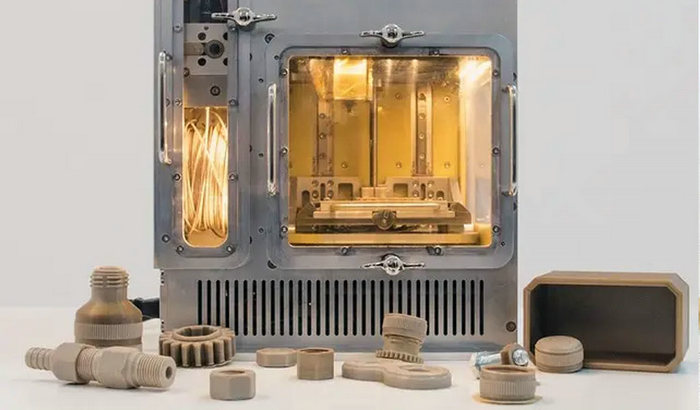
PEEK is a thermal isolator, so it does not readily conduct heat into nearby materials. It’s also an ideal electrical isolator, and together, these properties make it useful in several medical applications. These applications include cardiovascular devices and surgical tools, where heat and electricity must be controlled for patient comfort and safety.
Some examples include: Ablation catheters, Implantable automatic defibrillators, Surgical tools designed for electrosurgical procedures.
Thermal and electrical isolation may not seem like a primary concern in medicine, but the above devices and tools are used with thousands of patients every year. PEEK's ability to isolate thermal energy and electrical discharges make it a frontline choice in the above devices and instruments.
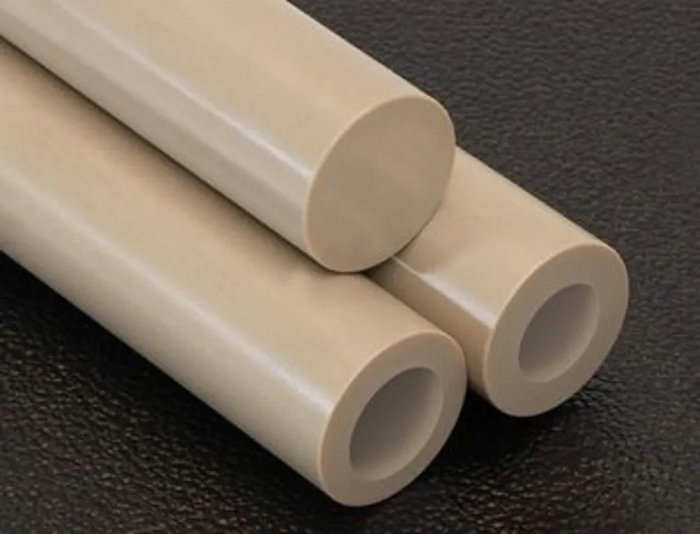
PEEK's Role in Cardiovascular Medicine
The heart runs on electricity, and precise impulses are needed to keep it functioning properly. PEEK's role as an isolator ensures that these electrical impulses are controlled and that patients are protected from harmful discharges.
For example, ablation catheters are used in patients suffering from heart arrhythmias, specifically to scar cardiac tissue that is contributing to the arrhythmia. Whenever electricity is applied to the heart, it must be done with extreme caution to avoid accidentally burning or scarring healthy tissue. PEEK is a common choice in ablation catheters for this reason, as it can isolate any stray discharges and prevent them from affecting the patient.
For the same reasons, implantable automatic defibrillators must also be sheathed in materials that isolate electrical discharges. PEEK is an ideal choice for this purpose.
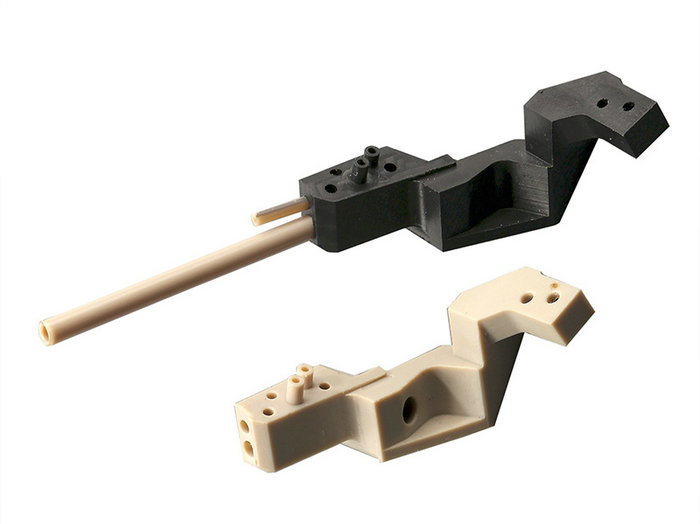
PEEK's Role in Electrosurgery
Electrosurgery is utilized in nearly every field of medicine, as it is an effective means of stopping bleeding and ablating tissues. Electrosurgical instruments work by using an electrical current to generate heat. While in use, these instruments can precisely cauterize and scar tissues, much like ablation catheters.
Like ablation catheters, electrosurgical instruments are frequently built with PEEK, due to its lack of thermal and electrical conductivity. PEEK is especially important in electrosurgery as the surgical environment is conducive to conductivity, with the presence of electrical equipment and body fluids.
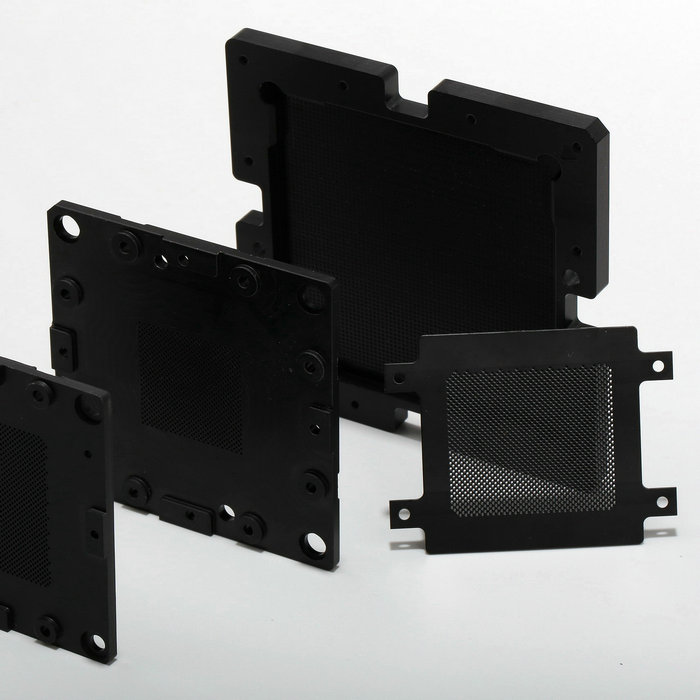
A Thermal Isolator and Thermoplastic
PEEK may be an ideal thermal and electrical isolator, but it is still melt processable. As a high performance thermoplastic, PEEK doesn't melt until it hits about 650 degrees Fahrenheit (343 degrees Celsius), but once it does, it can be processed through one of several methods.
For example, PEEK can be extruded once heated. Extruded PEEK is particularly useful as medical tubing in cardiovascular applications. That’s because PEEK possesses a perfect mix of flexibility and a low-friction surface, so it can be readily steered through the vascular network.
The high performance polymer can be injection molded into an array of components as well. Injection molding is used with implantable devices, but not to the extent that it is used for producing components intended for surgical instruments. These components can be of almost any size, shape or design, as PEEK maintains its excellent material properties through processing.
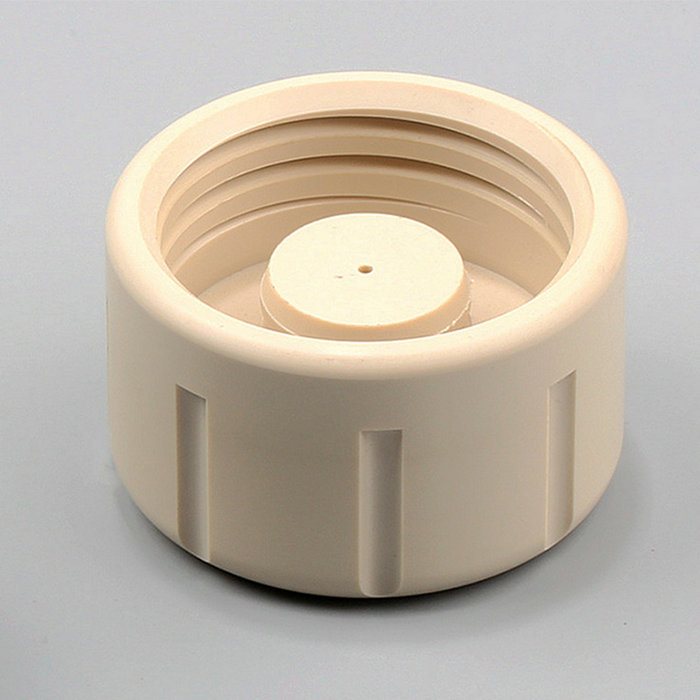
Why consider PEEK for surgical instruments?
PEEK is used in a large number of surgical instruments, for reasons that go beyond its thermal and electrical conductivity properties. PEEK also offers the following advantages:
Versatility – Since PEEK can be converted through various means, it can be adapted for use with a variety of instrument designs. This includes electrosurgical instruments and unpowered instruments.
Durability – PEEK is extremely resistant to nearly all forms of damage. It possesses strong impact strength, compression strength, tensile strength and it is impervious to corrosion. PEEK also resists water absorption and can withstand repeated autoclaving without being damaged.
Cleanliness – Hospitals have an infection problem on their hands, as there are about 1.7 million instances of hospital-acquired infections (HAIs) every year. These result in close to 100,000 deaths, so the problem is far from trivial. PEEK provides a solution here, too. Since PEEK can be injection molded during large production runs, it is a clean and economical option for single-use instruments. Single-use instruments eliminate the likelihood of infection altogether, and in some cases (like with medical tubing), they may be the only option in preventing infection. PEEK is also highly chemical resistant and will withstand exposure to most hospital cleaning regimes.
Comfort – Patient comfort is paramount, but surgeon comfort also needs consideration. Again, PEEK solves a problem because the polymer weighs much less than metal biomaterials. With its lightweight nature, PEEK reduces strain on the surgeon’s fingers, hand and shoulder, and ensures they can control the instrument for longer. PEEK's versatility also lends itself to any ergonomic-focused design, and it can be converted to fit any hand with maximum comfort.
PEEK's intriguing thermal conductivity is just one of its many material properties, and one that makes it suitable for an array of medical applications. With its ability to isolate electrical and thermal energy, PEEK has a place in every surgical room, whether in the form of medical tubing, medical equipment or medical instruments.